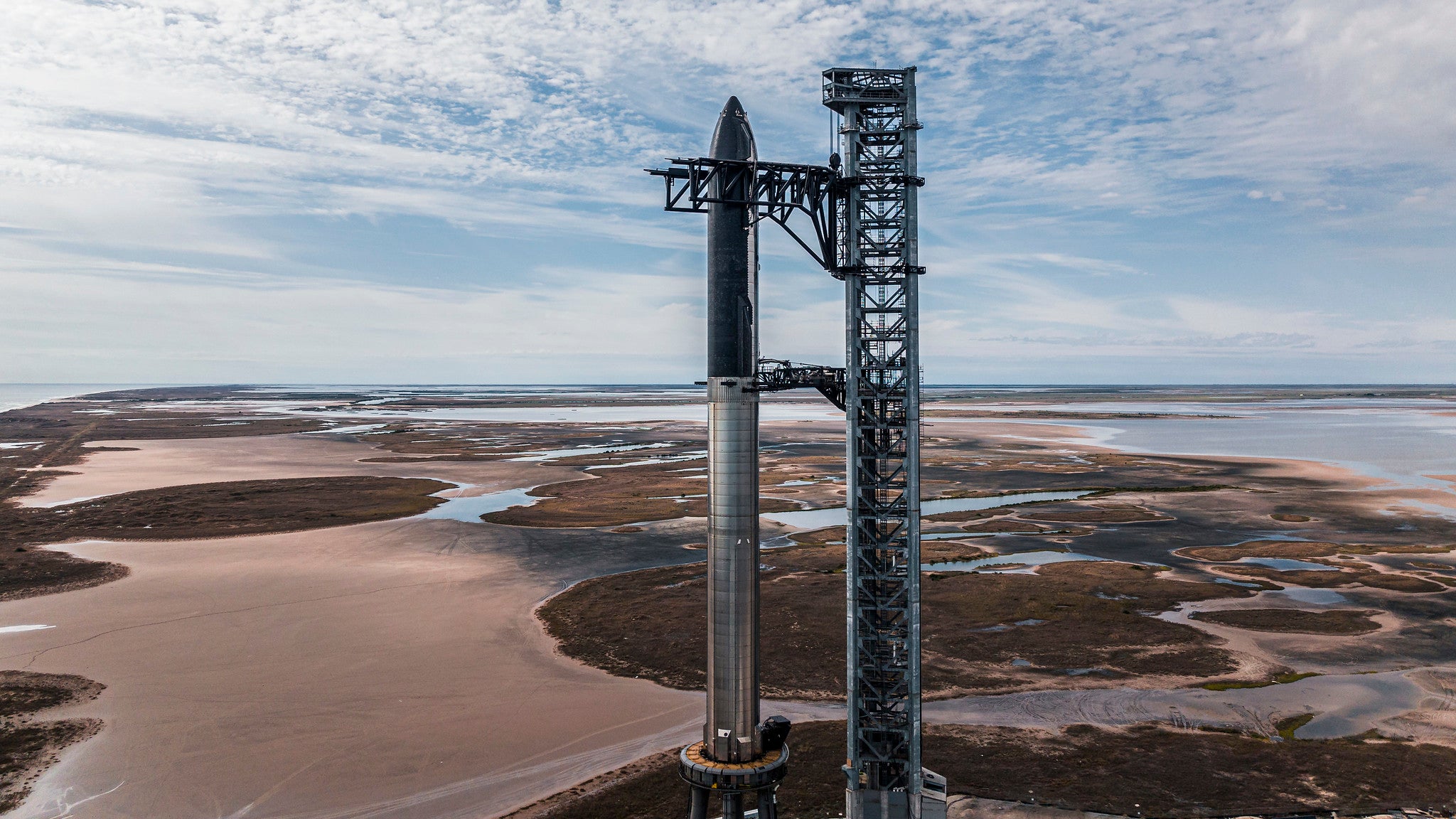US regulator could soon decide future of SpaceX’s Starbase
After two delays, FAA set to rule on an environmental review of a SpaceX launch site end of March

The future of Starbase, the SpaceX space launch and rocket manufacture and testing facility in Boca Chica, Texas, could be decided on 28 March.
That’s the day the Federal Aviation Administration (FAA) is slated to complete environmental and other assessments necessary to permit SpaceX’s plans to launch the first orbital test flight of its Starship vehicle from the Texas site.
The FAA originally planned to issue its final Programmatic Environmental Assessment in December, but delayed the decision until 28 February, and then again until 28 March.
If the FAA decision does come down as scheduled and is favorable to SpaceX, the company will be free to launch the Starship orbital test flight.
SpaceX founder Elon Musk wants to use Starship – a large and fully reusable spacecraft – to take humans to Mars.
Nasa has contracted with SpaceX to use a Starship variant to land humans on the Moon in 2025.
While Starship vehicles have taken short, low altitude flights from Starbase, the vehicle has not taken a full test flight launched atop the reusable super-heavy booster.
During the first test flight, SpaceX plans to launch Starship, recover the booster, fly the spacecraft through a successful orbit of the Earth and then splashdown in the Pacific Ocean near the Hawaiian islands.
SpaceX currently conducts orbital launches with its Dragon spacecraft using the company’s Falcon 9 rocket. And since Nasa’s falling out with the Russian space agency over the war in Ukraine, Dragon has become the space agency’s primary orbital vehicle for sending crew and supplies to the International Space Station.
But Starship is significantly larger than Dragon, potentially carrying 100 people compared to the latter’s crew of seven. Combined with the super-heavy booster, Starship, if and when it flies, will be the largest rocket ever-launched, surpassing even Nasa’s own new Moon rocket, the Space Launch System.
The FAA could rule against SpaceX, however, or require the company to undertake a much more extensive and lengthy Environmental Impact Statement process.
Mr Musk, speaking at an 11 February media event at Starbase, said his company has a contingency plan.
“We do have the alternative of [Cape Canaveral, Florida] and we actually applied for environmental approval from the cape a few years ago and received it,” he said, adding that in the worst case scenario, SpaceX could be delayed around eight months to build a Starship launch tower at Nasa’s Kennedy Space Center in Cape Canaveral.
While such a delay would slow SpaceX down, Mr Musk also said Starbase was never intended to be the company’s main spaceport.
“It's well suited to be kind of like our advanced R & D location. So it's like where we were trying out new designs and new versions of the rocket,” he said. “Cape Kennedy would be our sort of main operational launch site.”
Subscribe to Independent Premium to bookmark this article
Want to bookmark your favourite articles and stories to read or reference later? Start your Independent Premium subscription today.

Join our commenting forum
Join thought-provoking conversations, follow other Independent readers and see their replies